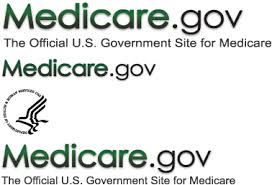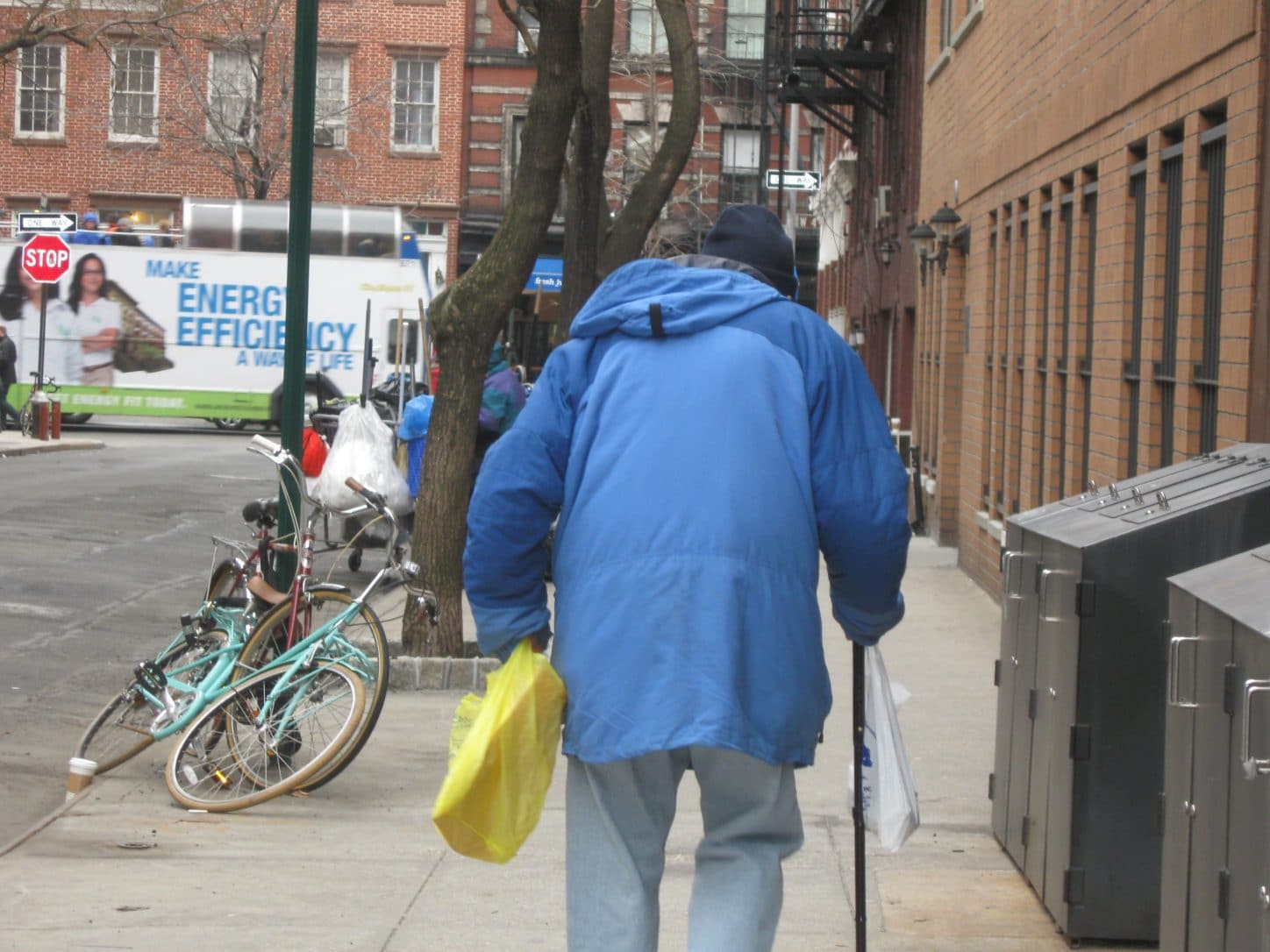

by Shaira Frias
Like many young adults, I grew up with my health insurance always provided, so I didn’t worry about it. Whenever I helped my mom fill out insurance forms, all I did was write my name right next to the line, “List all Dependents.” Everything changed when I graduated from college. First of all, my mom no longer had insurance. So I wasn’t covered.
I left home and moved from New York to Atlanta, Georgia and paid for my doctor’s visits out of pocket. I didn’t inquire about health insurance because I couldn’t afford insurance on my own.
In Atlanta, I called a doctor’s office and asked about the price of a birth control method. The nurse said it cost $1,000 and I was appalled! I thought, “It’s not plastic surgery, it’s freaking birth control.” After a couple of days of shopping around I called an OBGYN’s office in New York. The same birth control method was $400. Now that was a huge difference.
To be completely honest, I never paid much attention to what was going on with the country’s health care system. But although I’m a pretty healthy 25-year-old accidents happen, and I need insurance in case of an emergency.
I heard the talk about Obamacare, or the Affordable Care Act (ACA), for what seems like forever. But it seemed like it was complicated and had nothing to do with me. Until, I realized I needed help.
At about the same time, I was talking to a close friend in the so-called 1 percent and he was complaining about his taxes increasing when Obamacare goes into effect. Although I’m not up to speed on everything about Obamacare, I did understand that it would help young adults like me get insurance. So I said, “Why don’t you look at the taxes you pay and Obamacare as something that helps me.” He laughed and stopped ranting.
My search for health insurance has officially begun. I am in the process of learning about suitable coverage, and this is what I know so far.
Starting October 1, 2013, under the Affordable Care Act, individuals and families can shop around and purchase private insurance coverage. Each state has its own “Marketplace” where they list participating insurance companies.
I went to the New York State Marketplace website and was surprised by all the information available.

Artists Hope Obamacare Works
The insurance is not free. You have to pay a monthly premium. You can choose a Bronze, Silver, Gold or Platinum plan. The more coverage the plan offers, the more you will pay. Your monthly premium is based on your age and whether you smoke. If you do, in some states, you’ll pay more. The rates are also based upon where you live, if you are married or have any children and finally, the insurance company you decide to go with.
On average, a Bronze plan covers 60 percent of your medical expenses and you pay the remaining 40 percent. If you pay a higher monthly premium, your co-pay is less. The Silver plan covers 70 percent, the Gold 80 percent and the Platinum plan covers 90 percent of your medical expenses.
The premiums for single adults living in New York County, where I live now, range from $189.53 to $370.59 a month. And the good news is, if you qualify, you can also receive financial assistance depending on your income, to lower your monthly cost.
I used an online calculator developed by the Kaiser Family Foundation (KFF). According to the tool, I would pay $1,587 per year for the Bronze plan. I could be eligible for a government tax credit subsidy of $959 and that covers a good part of the premium.
There is talk that young people like us, the millennials, as the media likes to call us, will make or break this Affordable Care Act.
They need at least 2.7 million young adults to sign up by March 31, 2014 to make the system work. I’ll do my part and I will sign up as soon as I can. But hey, this is still pretty confusing. I think government has to find an easier, clearer way to explain the act to the remaining 2,699,999 million.
 Obamacare Payment Assistance
Obamacare Payment Assistance
![]()




















